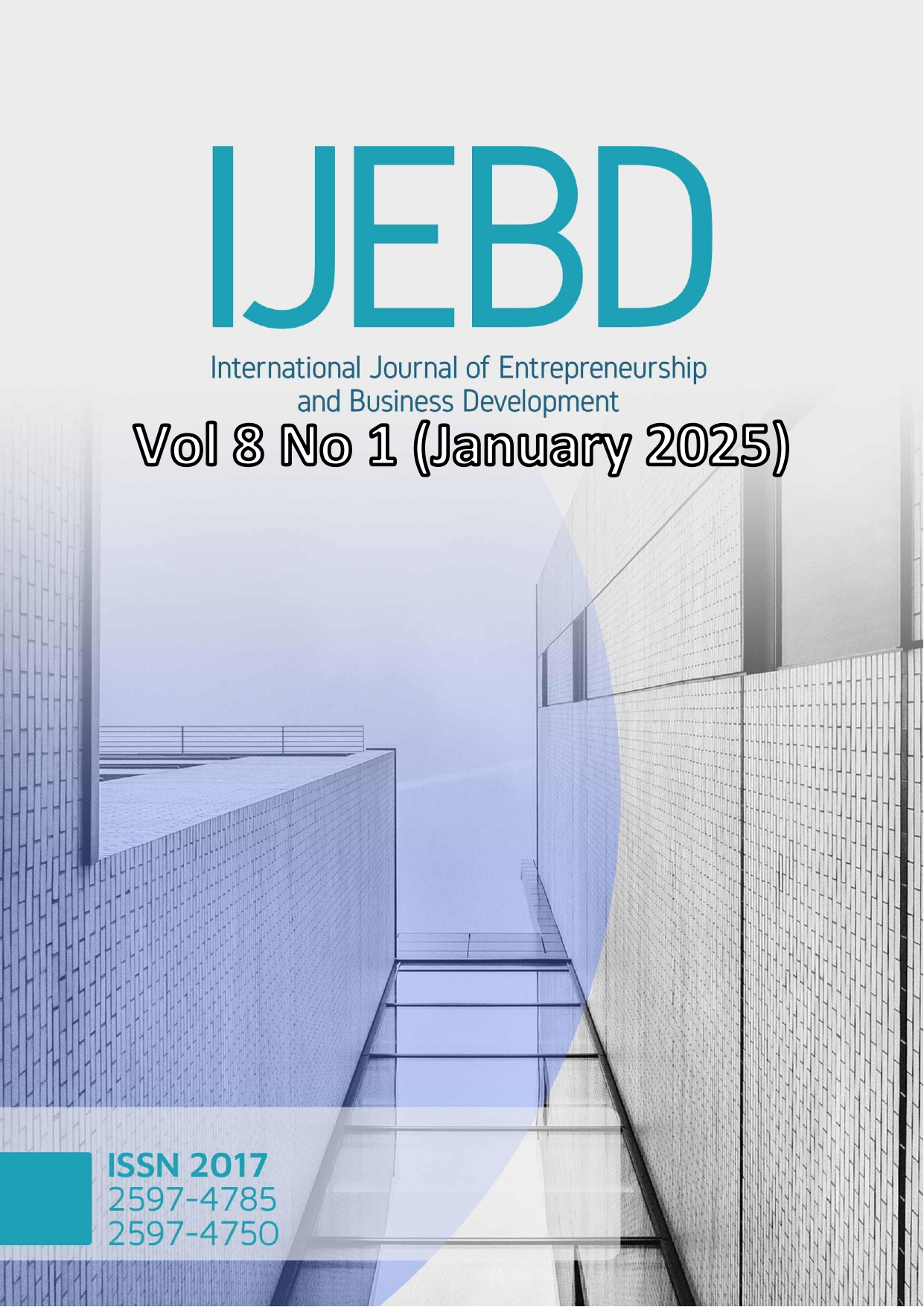Tax Incentives and Entrepreneurship Development in Nigeria
Abstract
This broad objective of this study is to investigates the relationship between tax incentives and entrepreneurship development in Nigeria. The study adopted a survey research design approach through administration of questionnaire to infinite population which comprises of entrepreneurs drawn from highly commercialised States (including Lagos, Edo, Kano, Rivers, Anambra, and Federal Capital Territory) in Nigeria, staff of Federal Inland Revenue Service (FIRS), staff of Small and Medium Enterprises Development Agency of Nigeria (SMEDAN), and staff of Bank of Industries (BOI) respectively. The Cochran 1977 sample size determination technique was used in arriving at a sample size of three hundred and eighty-four (384) respondents. However, for purpose of proactiveness, four hundred and fifty (450) copies of likert scale questionnaire were administered. Four hundred and seven (407) copies were retrieved, and after sorting for defects and mutilated copies, the sample size of 384 copies, which conforms with Cochran (1977) sample size for infinite population were used for this study. Responses were analysed with the aid of inferential analytical statistics, and the results shows that on the average that tax exemption has a significant positive relationship between entrepreneurship development; there is a significant and positive relationship between rural location tax incentives and entrepreneurship development; and there is a significant positive relationship between tax holiday and entrepreneurship development in Nigeria. It is therefore recommended that the Nigerian Government should as a matter of urgency give policy direction targeted are granting tax incentives to entrepreneurs in its fiscal policy implementations to be able to attract more persons into the entrepreneurship and allied activities, as this will go a long way in changing the current narrative of mass unemployment in Nigeria.
Downloads
Copyright (c) 2025 IJEBD (International Journal of Entrepreneurship and Business Development)

This work is licensed under a Creative Commons Attribution-ShareAlike 4.0 International License.














